|
And So It Goes
Needs & Numbers: You'll need one traditional seven-piece tangram puzzle (seen above) for every three to seven players. You'll also need something to create the Frame for each group like a short rope (e.g., 5 feet) or some masking tape. Finally, you'll need one Story Sheet for each group (at right). You'll find this PDF download below. Time: 15 to 20 minutes. |
- This activity is designed to be played on a floor, table, or desktop.
- Create a frame for the characters in the story using a short rope (shown above) or masking tape. The frame can be a square or a circle that has a diameter of about 18 inches.
- Scatter the seven puzzle pieces around on the inside of the frame.
- Your group(s) will be sitting around the frame close enough to reach in and move the pieces.
- Have the group(s) help set the Frame. Provide them with the materials (rope or tape) and the seven pieces of a Tangram puzzle.
- Tell them the parameters of the frame (see Set-Up) and what to do with the pieces of the puzzle when the frame is complete – scatter them around inside the frame.
- Hand them a copy of the story ‘And So It Goes’ (PDF Download below). Once it’s time to begin, each group, working independently, will read the story. When they come across a BOLD word, they are required to use all seven pieces of the puzzle, staying inside the frame, to build the character on the page the word is referring to.
- Building: To build each character as it shows up in the story, participants take turns reaching into the frame to move one piece on their turn. Only one hand is allowed inside the frame at a time. When a participant is satisfied with how they have situated their piece, they remove their hand from the frame and may not reach in again until it’s their turn – everyone taking a first turn before anyone takes a second turn. Everyone takes a second turn before taking a third turn, and so on.
- Once a character is complete, the story continues until the next character needs to be built. Participants take turns reading the story lines.
- Participants are free to talk to each other as they see fit until they arrive at the horse and rider (Together) and the sleeping (laid to rest) characters – these two characters are built without talking. These characters are marked ‘Build Silently’ on the story sheet as a reminder.
- If you need to, set a time limit (e.g., 15 minutes) to get as far into the story as they can. Or let the group(s) take as long as needed to get through the whole story. If more than one group is in play, you can limit the time by stopping everyone after one group finishes the story. (If you would like every group to finish their story, have a bunch of extra tangram puzzle cards to distribute that a group can work on while others are finishing – tell them about the 'Free for All' method described below to solve the puzzles.)
- When you've answered all the group's questions that you can, let them get started.
| andsoitgoes_tangrams_strorysheet_cavert.pdf |
- When you found out what we were going to be doing, solving puzzles, what was your first reaction? Where do you think you acquired this response?
- When it was your turn to move a piece, what do you remember thinking about?
- How were you influenced by others when it was your turn to move a piece?
- What part of the story resonated with you the most, and why?
- Think about this for a moment before responding…what did it take from your group to solve the character puzzles? What did you do and say to be successful?
- Think about the idea of diversity. How did your diversity play a part in this activity?
- Was there any point during the story and building that diversity might have been a problem? What did you do about it? Is there something you want to do about it right now?
- Ultimately, you’ll be solving a lot of puzzles in your life. What do you want to remember from this experience that might help you solve these everyday puzzles?
- Let's take a moment to read the story again [read the story]. What does this story mean to you in relation to everyday life?
- Free for All Build: Use this with the story build (this version usually does not take as long) or use this after the story build when groups are working on additional tangram puzzle cards. When a group gets to the part in the story where there is a character to build, each person in the group can have one hand inside the frame at any time. So, together, they can be moving pieces around simultaneously until the character comes to life. This dynamic can lead to a wide-ranging discussion about the behaviors that took place. Some groups can be calm and end up taking turns. Other groups simply love the energy and chaos of all the hands building together.
| tangramstemplate_traditional.pdf |
Chris Cavert, Ed.D.

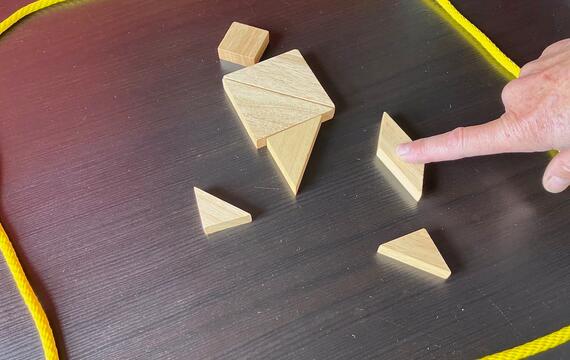
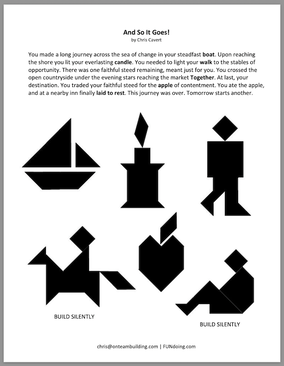
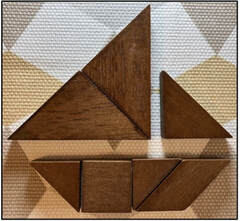

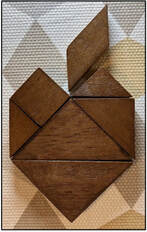
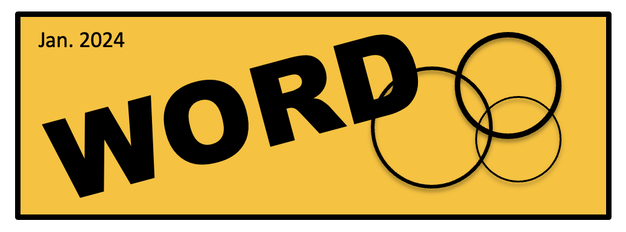
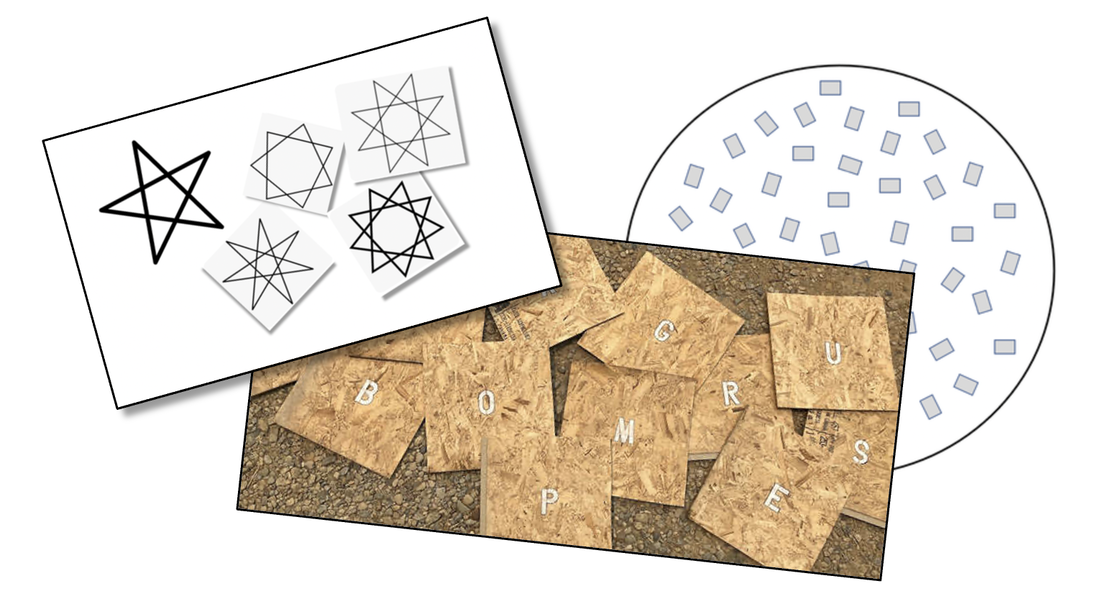
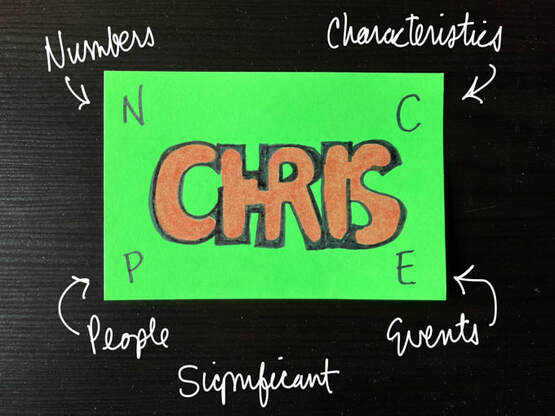
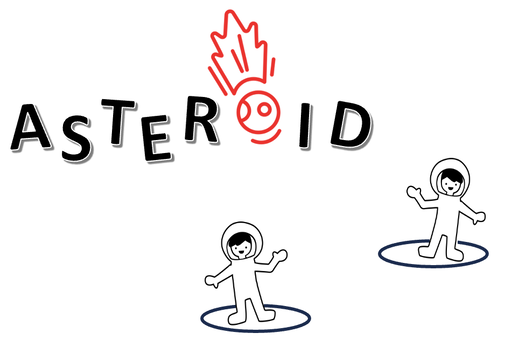
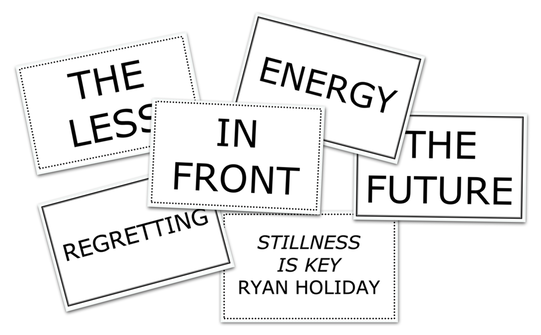
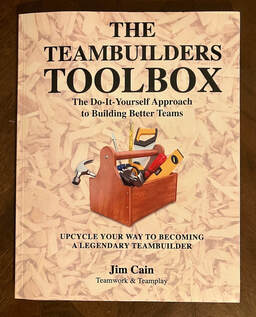
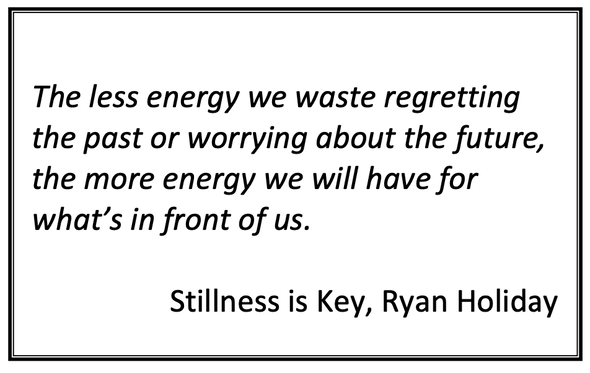
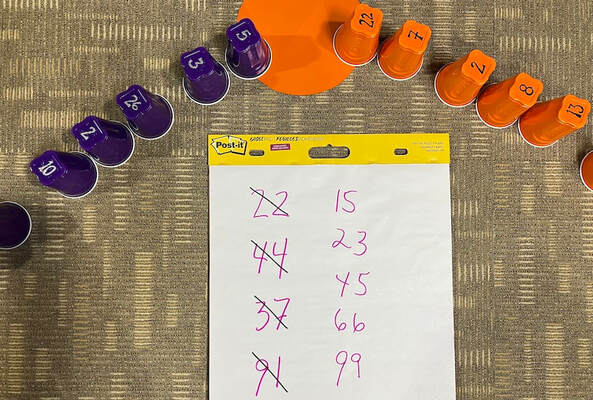
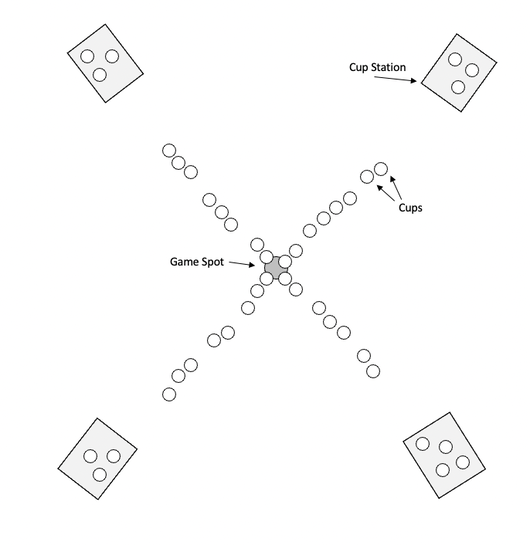
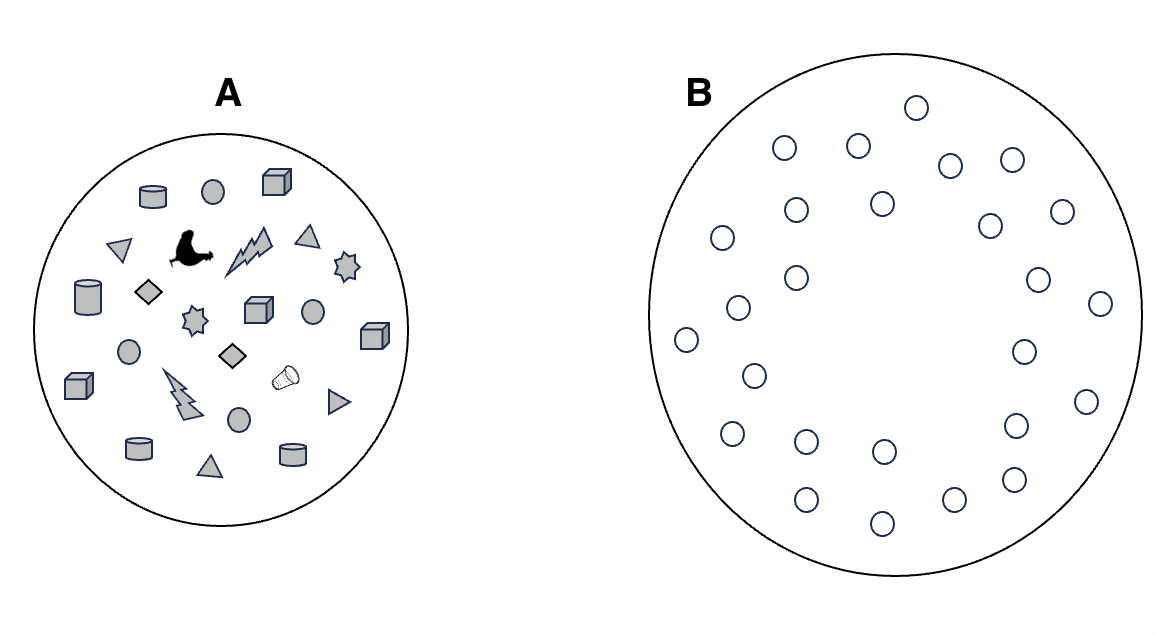
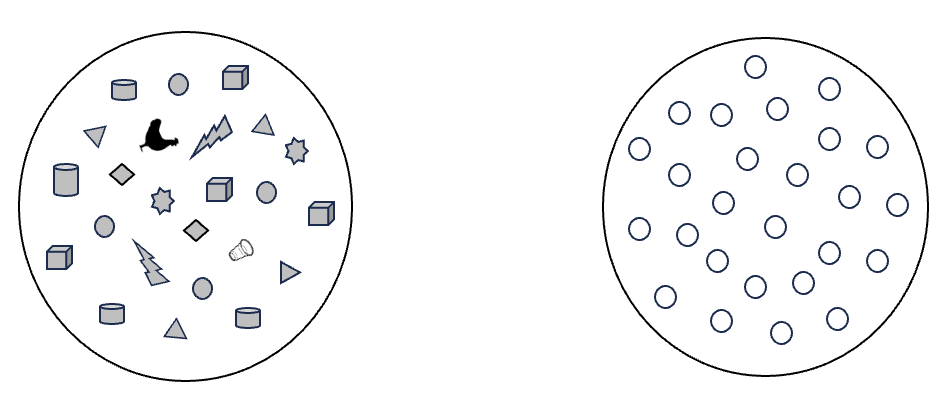
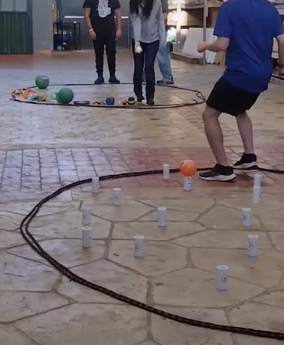
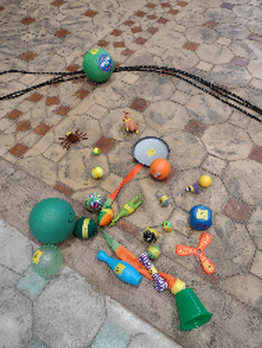
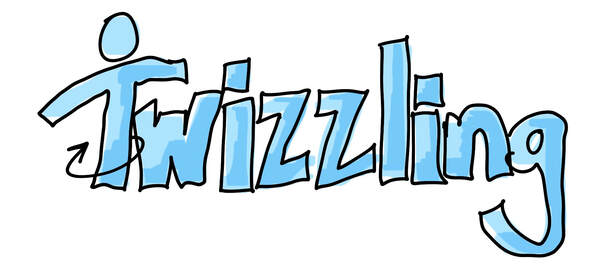
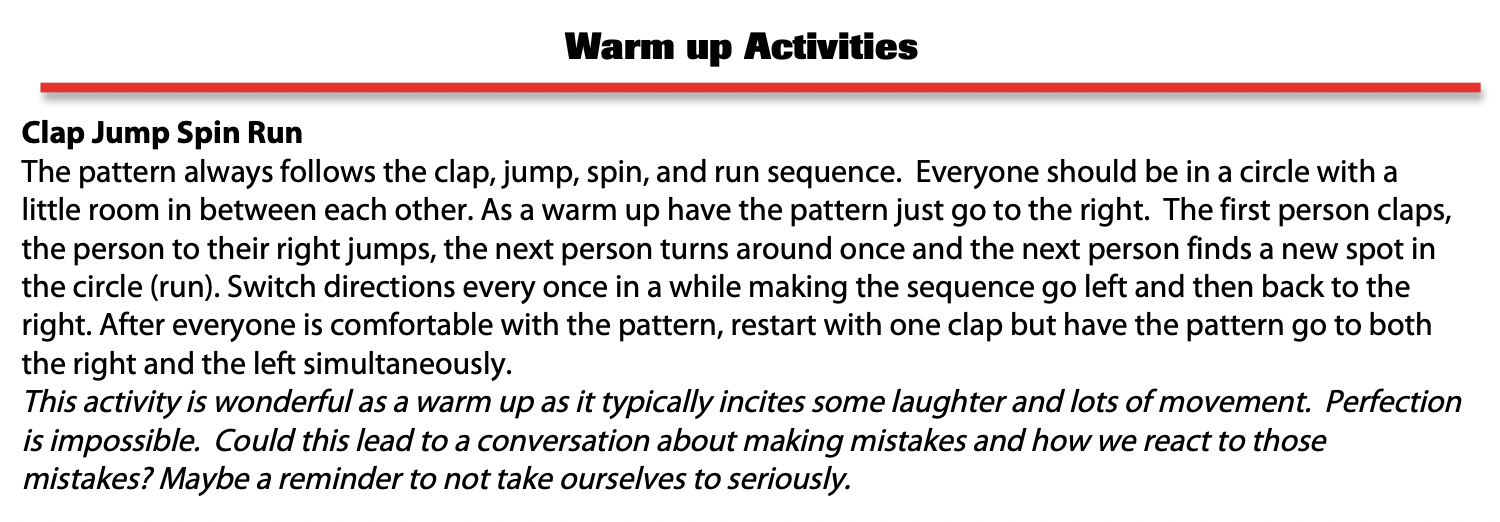
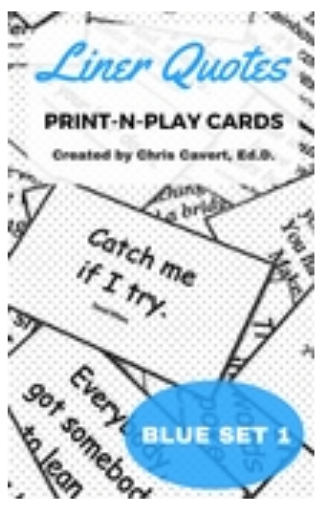
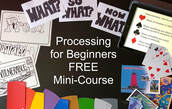
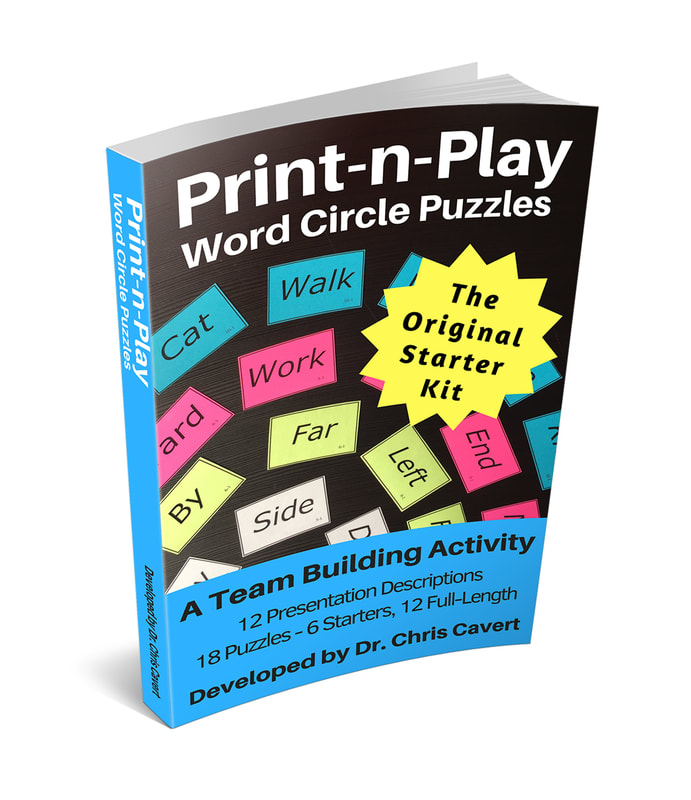
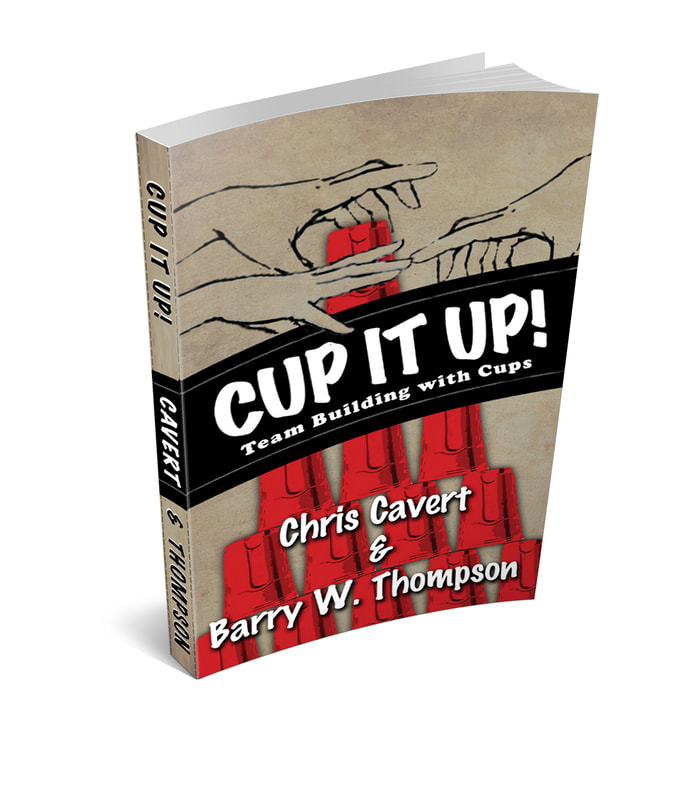
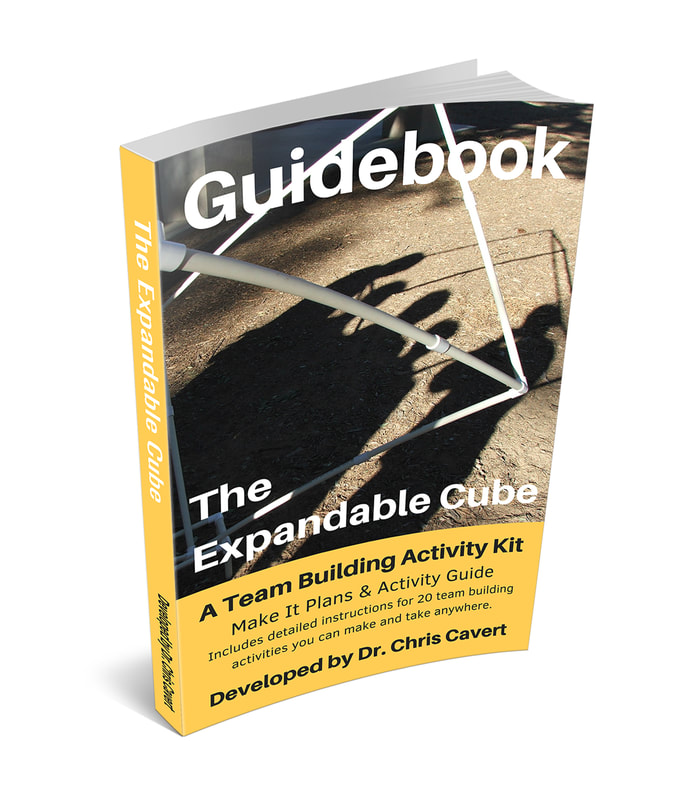
 RSS Feed
RSS Feed